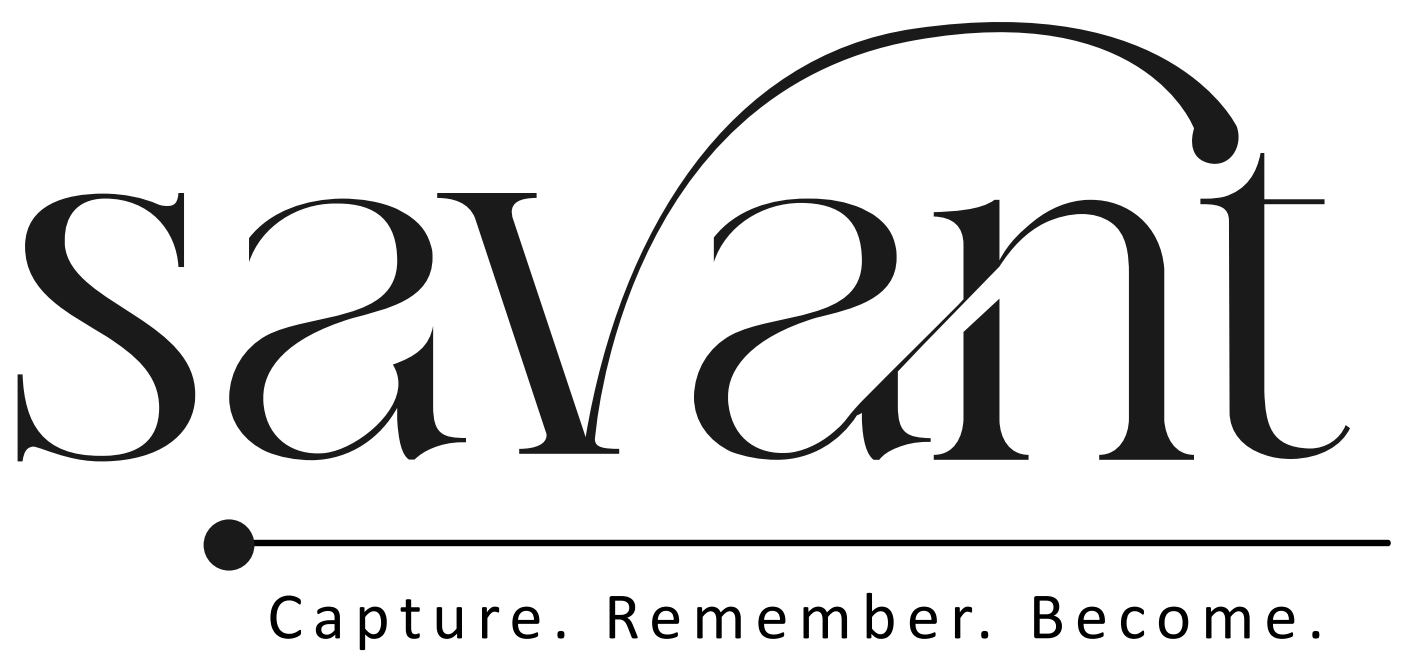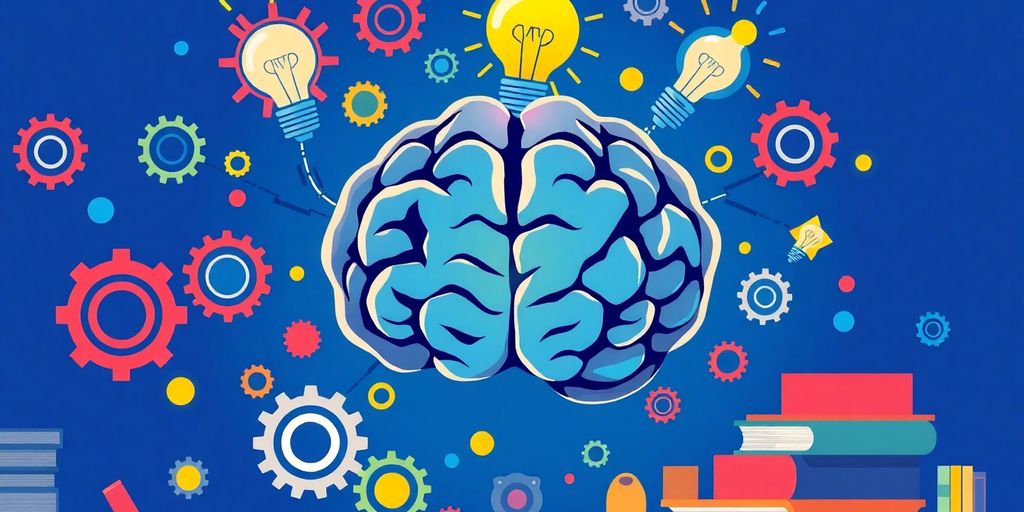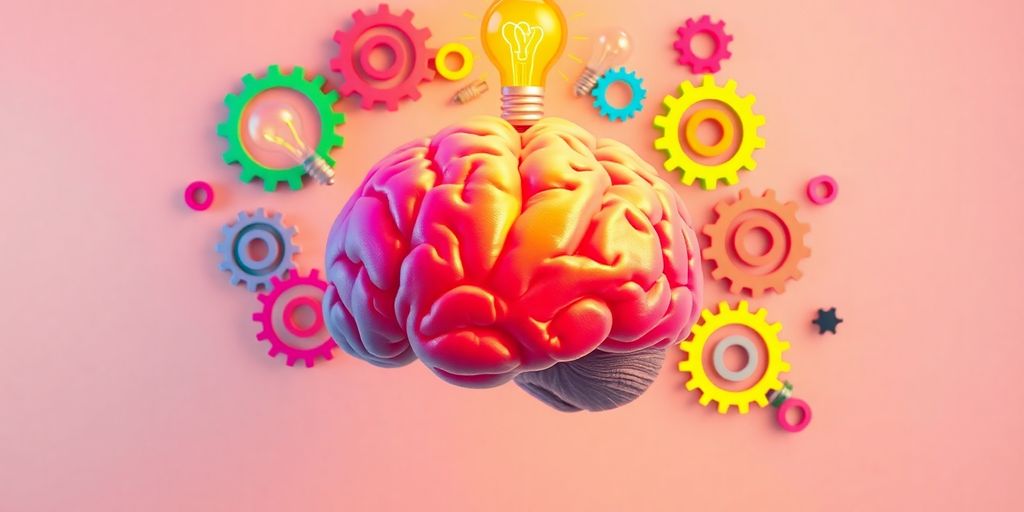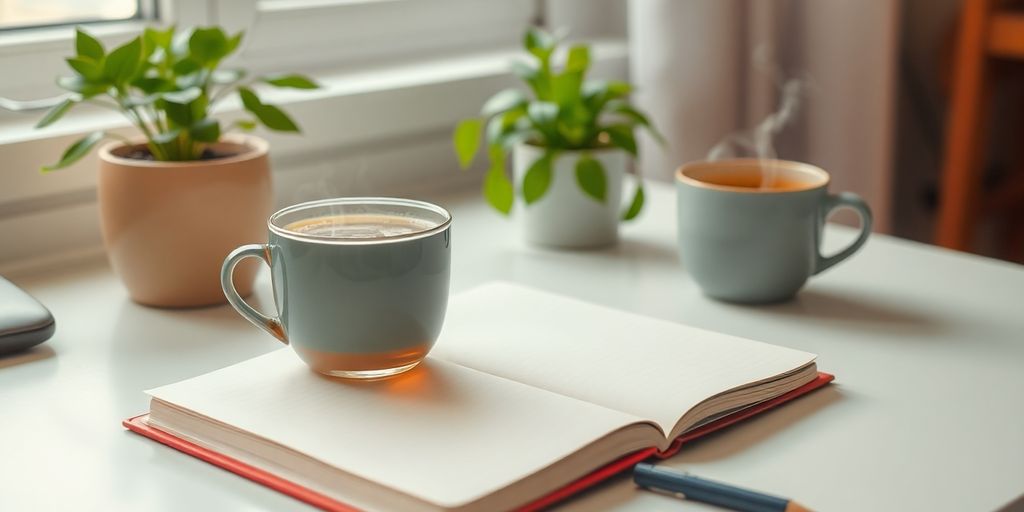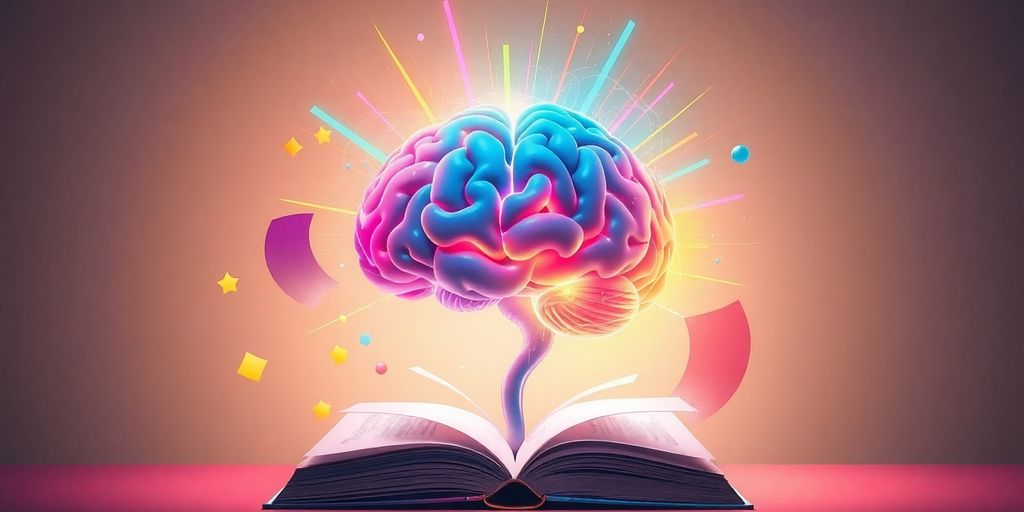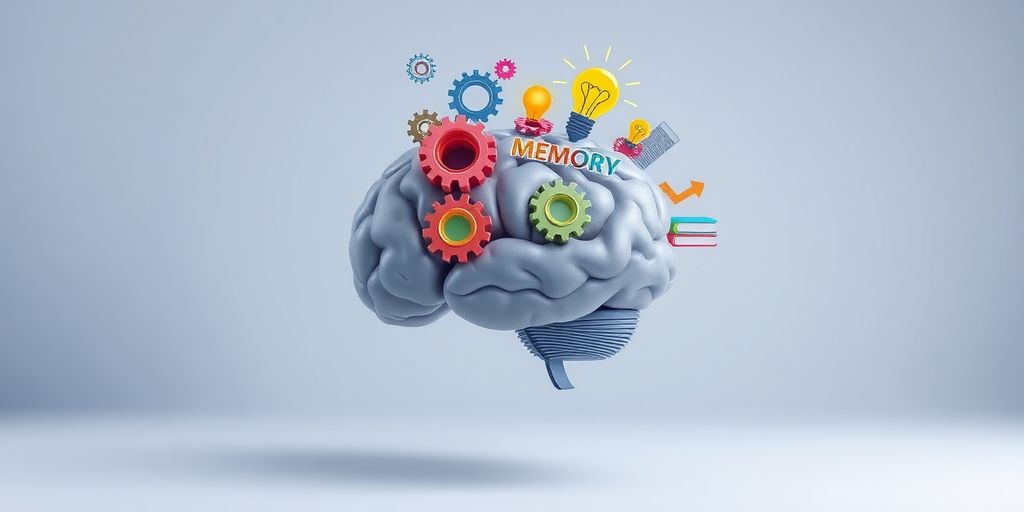Memory is a vital part of how we learn and remember information. Understanding different types of memory techniques can help improve our ability to retain knowledge and recall it when needed. This article will explore various methods that can enhance our memory, making learning easier and more effective. From traditional approaches to advanced strategies, there are many ways to boost your memory skills.
Key Takeaways
- Memory techniques can improve learning and recall.
- Using repetition helps strengthen memory retention.
- Mnemonic devices make remembering easier and more fun.
- Chunking information breaks it into smaller parts for better recall.
- Advanced methods like the Memory Palace can enhance memory significantly.
Understanding the Basics of Memory
Memory is a fascinating part of how our brains work. It helps us learn, remember, and interact with the world around us. Understanding how memory functions is the first step to improving it!
How Memory Works
Memory is like a big filing cabinet in our brains. It stores all the information we gather from our experiences. When we learn something new, our brain encodes it, stores it, and retrieves it when we need it. This process is essential for everything we do.
Short-Term vs. Long-Term Memory
There are two main types of memory:
- Short-term memory: This holds information for a brief time, like remembering a phone number just long enough to dial it.
- Long-term memory: This stores information for a long time, like facts from school or personal experiences. It’s where we keep everything we’ve learned over the years.
The Memory Process: Encoding, Storage, and Retrieval
The memory process has three key steps:
- Encoding: This is when we first learn something. It’s important to connect new information to what we already know, a technique known as elaborative rehearsal.
- Storage: After encoding, the information is saved in our brain. Regular practice helps keep this information safe.
- Retrieval: This is when we recall the information. Sometimes, we need cues or reminders to help us remember.
By understanding these basics, we can explore more advanced techniques to boost our memory skills!
Traditional Memory Techniques
The Power of Repetition
One of the best ways to remember things is through repetition. This means going over the information multiple times. A cool method is called spaced repetition, where you review the material at increasing intervals. This helps your brain remember better over time. Here’s how it works:
- Review the information right after learning it.
- Wait a day, then review it again.
- Wait a week, and review it once more.
By spreading out your study sessions, you can boost your memory retention significantly!
Using Mnemonic Devices
Mnemonics are fun tools that help you remember things by creating connections. For example, you can use acronyms or rhymes. A popular mnemonic for remembering the order of planets is: My Very Educated Mother Just Served Us Noodles. Each word stands for a planet! Here are some types of mnemonics:
- Acronyms (like the planet example)
- Rhymes (making a catchy phrase)
- Visualization (creating a mental image)
Chunking Information for Better Recall
Chunking is a technique where you break down large pieces of information into smaller, manageable parts. For instance, instead of trying to remember 1234567890 as one long number, you can chunk it into 123-456-7890. This method is especially useful for:
- Phone numbers
- Dates
- Long lists of items
By using these traditional memory techniques, you can make learning easier and more enjoyable. Remember, practice makes perfect!
Advanced Memory Techniques
When it comes to boosting your memory, there are some incredible techniques that can really help you out. Let’s dive into three of the most effective methods that can transform how you remember things!
The Method of Loci: Creating a Memory Palace
The Method of Loci, often called the memory palace, is a fantastic way to remember information. Imagine walking through a familiar place, like your home, and placing the things you want to remember in different rooms. When you mentally stroll through your palace, you can easily recall the information linked to each spot. This technique is powerful because it uses your brain’s natural ability to remember spaces. To get started, pick a place you know well and practice associating information with specific locations.
The Peg System: Associating Numbers with Images
The Peg System is another cool technique that helps you remember numbers by linking them to images. For example, you might think of the number 1 as a bun, 2 as a shoe, and so on. When you need to remember a list of numbers, just create a mental picture that connects each number to its peg word. This method is especially useful for remembering long sequences of numbers, like phone numbers or dates.
Mind Mapping: Visualizing Connections
Mind mapping is a fun way to organize your thoughts visually. Start with a central idea and draw branches for related topics, adding keywords and images along the way. This technique helps you see how different ideas connect, making it easier to remember complex information. Mind mapping is great for brainstorming, studying, and planning.
By using these advanced memory techniques — the Method of Loci, the Peg System, and mind mapping — you can significantly improve your memory skills. These methods build on traditional techniques and provide powerful tools for enhancing your cognitive performance in both personal and professional settings.
Remember, enhancing your memory is not just about hard work; it’s about using the right techniques to make learning fun and effective!
Emotional and Personal Connections in Memory

The Role of Emotional Valence
When it comes to remembering things, emotions play a huge role. Memories tied to strong feelings are often easier to recall. This is because our brains are wired to remember experiences that have emotional significance. For example, if you associate a happy moment with a particular song, that song can trigger vivid memories of that time.
Personalizing Information for Better Recall
Making information personal can also help you remember it better. Here are some tips to personalize your learning:
- Connect new information to your own experiences.
- Use stories or examples that are meaningful to you.
- Create mental images that relate to your life.
By doing this, you create a stronger link in your memory, making it easier to retrieve later.
Using the Self-Reference Effect
The self-reference effect is a powerful tool in memory. This means that when you relate information to yourself, you’re more likely to remember it. Here’s how you can use it:
- Think about how the information applies to your life.
- Ask yourself questions about the material and your experiences.
- Write down personal connections to the information.
By focusing on how information relates to you, you enhance your ability to recall it later.
Remember, the more you connect information to your own life, the stronger your memory will be. This is a simple yet effective way to boost your learning!
In summary, emotional connections and personal relevance can significantly enhance your memory. By tapping into these aspects, you can improve your learning experience and retain information more effectively. Embrace the power of your emotions and personal stories to make learning stick!
Technology and Memory Enhancement
In today’s world, technology plays a huge role in helping us improve our memory. With the right tools, you can boost your memory skills and make learning easier!
Memory Apps and Tools
There are many apps designed to enhance your memory. Here are some popular ones:
- Anki: Uses spaced repetition to help you remember information.
- Lumosity: Offers fun games that challenge your brain.
- Elevate: Provides personalized training plans to improve your cognitive skills.
These tools can make memory improvement engaging and effective, especially for students and professionals.
Gamification for Improved Memory
Gamification is a fun way to learn! By turning memory exercises into games, you can:
- Stay motivated to practice regularly.
- Track your progress easily.
- Enjoy the learning process more.
This approach can make remembering facts and figures feel less like a chore and more like a game.
Tracking Progress with Technology
Keeping track of your memory improvement is essential. Many apps allow you to:
- Monitor your performance over time.
- Set goals for what you want to achieve.
- Celebrate your successes, no matter how small!
By using technology wisely, you can significantly enhance your memory capabilities. These tools provide innovative ways to improve your cognitive function, helping you stay sharp and focused in both your personal and professional life.
In conclusion, technology offers exciting opportunities to enhance your memory. By exploring different apps and techniques, you can find what works best for you and make learning a more enjoyable experience!
Practical Tips for Everyday Memory Improvement
Incorporating Memory Techniques into Daily Life
Improving your memory doesn’t have to be hard! Here are some fun ways to make memory techniques a part of your everyday life:
- Use a Memory App: There are many apps designed to help you practice memory techniques. Find one that you enjoy!
- Create a Memory Palace: Imagine a place you know well, like your home. Visualize placing items you want to remember in different rooms.
- Practice Mindfulness: Take a few minutes each day to focus on your breathing. This can help clear your mind and improve your memory.
Balancing Traditional and Advanced Methods
It’s great to mix different memory techniques! Here’s how you can balance them:
- Start with Repetition: Use repetition for basic facts, like vocabulary words.
- Add Mnemonics: Create silly phrases or acronyms to remember lists.
- Try Advanced Techniques: Once you’re comfortable, experiment with methods like chunking or the Peg System.
Creating a Personalized Memory Strategy
Everyone’s memory works differently, so it’s important to find what works best for you. Here are some steps to create your own strategy:
- Identify Your Goals: What do you want to remember? Is it names, dates, or something else?
- Choose Techniques: Pick a few techniques that you think will help you the most.
- Track Your Progress: Keep a journal of what works and what doesn’t. This will help you adjust your strategy over time.
Remember, improving your memory is a journey! With practice and the right techniques, you can make remembering things easier and more fun.
Wrapping It Up: Unlocking Your Memory Potential
In conclusion, memory techniques can really change the way we learn and remember things. By trying out different methods like the Memory Palace or using simple mnemonics, you can find what works best for you. Remember, it’s all about practice and finding fun ways to make learning enjoyable. So, whether you’re studying for a test or just trying to remember where you left your keys, these techniques can help you boost your memory. Keep exploring and experimenting, and you’ll be amazed at how much you can remember!
Frequently Asked Questions
What are memory techniques and why are they important?
Memory techniques are strategies that help people remember information better. They are important because they can improve learning and recall, making it easier to study and retain knowledge.
How does short-term memory differ from long-term memory?
Short-term memory holds information for a brief time, like remembering a phone number just long enough to dial it. Long-term memory stores information for a much longer time, like facts or personal experiences.
What is the Method of Loci?
The Method of Loci, also called a memory palace, is a technique where you visualize a familiar place and associate information you want to remember with specific locations in that place.
Can technology help improve memory?
Yes, there are many apps and tools designed to enhance memory, using techniques like spaced repetition and games to make learning fun and effective.
What is chunking and how does it work?
Chunking is a method where you break down large amounts of information into smaller, manageable pieces. For example, instead of remembering a long string of numbers as one block, you can separate them into groups.
How can emotional connections help with memory?
Emotional connections can strengthen memory because when we feel something strongly about a piece of information, we are more likely to remember it later.
